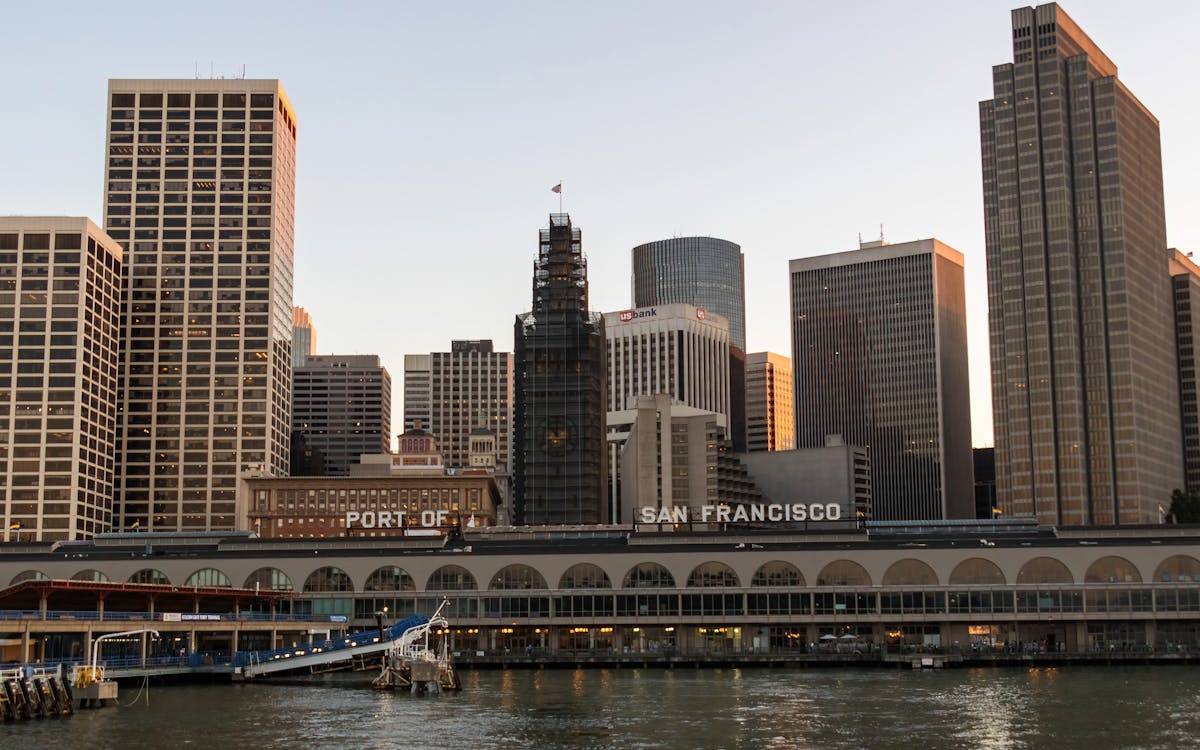Neighborhoods Driving Bay Area Change
Neighborhoods Driving Bay Area Change
Blog Article

Why Restoration Matters More Than Ever in the Bay Area
Over the last couple of decades, the San Francisco Bay has actually weathered the effect of metropolitan growth, industrial development, and climate adjustment. As soon as including wildlife and lush marshes, many of the bay's all-natural ecosystems have actually been fragmented or broken down. Yet amidst these challenges, something remarkable is taking place: regional residents, volunteers, and grassroots campaigns are leading a wave of ecological repair that's bringing new life back to the Bay.
Restoration isn't nearly planting trees or tidying up trash, though those initiatives are necessary. It's regarding rebuilding the structures of life, from marsh grasses that sustain fish nurseries to shoreline barriers that guard against flooding. And in this area, the power of community participation is transforming the tide extremely realistically.
From Marshland to Miracle: The Return of Native Habitats
Among one of the most visible adjustments happening in the Bay Area is the re-emergence of indigenous environments. Wetlands that were when drained or led over are being rehydrated and replanted. Grasses and bushes aboriginal to the region are being cultivated by area groups, who usually depend on regional volunteers to aid grow seedlings and handle regulated growing occasions.
These native plants do more than add greenery to the landscape. They use haven to migratory birds, pollinators, and small creatures, developing pockets of biodiversity amid busy metropolitan zones. As these environments broaden, so does the eco-friendly health of the Bay itself. When local residents take time out of their weekends to get their hands in the soil, they're not just planting-- they're participating in the remediation of a living, breathing environment.
The Role of Education in Fostering Environmental Stewards
Education plays a critical component in why these community-led initiatives are functioning so well. Schools, community centers, and nonprofit teams are arranging hands-on discovering experiences where participants of all ages can understand the scientific research and significance of restoration. These programs often bring individuals in person with problems like erosion, pollution, and water level increase-- subjects that can really feel abstract until they're seen up close.
When someone sees the fragile equilibrium of an estuary or finds out exactly how a single plant varieties can filter toxic substances from the water, the worth of that understanding becomes individual. And keeping that understanding comes the inspiration to act. Bring back ecosystems ends up being less of a job and more of a goal. This deep connection to neighborhood spaces is what establishes the Bay Area apart and gas the long-lasting success of these initiatives.
Utilizing the Digital World to Drive Real-World Change
Surprisingly, the push to recover the Bay's ecosystems isn't occurring alone from the digital world. Modern technology is becoming an effective device in rallying support, spreading recognition, and attaching communities. Whether with person science apps that track native varieties or neighborhood online forums arranging reconstruction events, the online area is enhancing boots-on-the-ground activity.
Over the last few years, also neighborhood outreach strategies have progressed. As an example, a social media marketing agency in the Bay Area could sustain environmental campaigns by aiding volunteers intensify their influence, tell their stories, and inspire others to obtain included. These digital touchpoints have the power to turn a tiny weekend break clean-up into a regional activity just by letting individuals recognize it's taking place-- and that it matters.
Email Campaigns That Inspire and Inform Local Change-Makers
One more electronic approach making a concrete distinction is e-mail communication. Updates about reconstruction events, seasonal growing efforts, and contribution drives are commonly shared through meticulously crafted check here newsletters that strike an equilibrium between being informative and motivating. It's not unusual for a well-timed campaign from an email marketing agency in San Francisco to bring a thrill of volunteers or donations to a job in need.
These e-mail projects aren't just transactional-- they're transformative. By educating customers concerning the direct impact their involvement has, they support lasting engagement. Readers pertain to seem like stakeholders in the wellness of their region, and that emotional connection equates to lasting dedication.
The Unseen Work of Connecting Data, Communities, and Nature
Behind every effective reconstruction project exists a complex web of coordination. There's research study to comprehend what habitats need most, neighborhood comments to shape inclusive plans, and follow-up monitoring to guarantee success. This type of continuous effort typically needs not just heart, but data, strategy, and interaction.
That's where the assistance of a digital marketing company in the Bay Area can make a peaceful but important difference. By aiding organizations build solid digital systems, gather understandings, and fine-tune their messaging, these teams allow community teams to scale their impact. The outcome is a much more linked and effective activity, where every action counts, and everyone feels like they're component of something bigger.
The Power of People in Preserving the Bay's Future
If there's one point the Bay Area has verified, it's that remediation doesn't need to begin with large organizations or enormous budgets. It can start with one neighbor drawing weeds from a path, one student planting a native sapling, or one family members turning up to a shoreline clean-up. These small actions build up, particularly when they're sustained by smart methods and shared with the wider neighborhood.
There's something distinctly hopeful regarding seeing the trends transform-- both figuratively and essentially-- in favor of nature. The Bay is far from completely brought back, yet it's being revitalized each day with the determination and treatment of those that call this area home. With each marsh rebuilt and each indigenous varieties protected, we're not just restoring environments-- we're envisioning what's feasible when neighborhoods lead with function.
Maintain following this blog for more stories on local change, community impact, and the ways you can be part of protecting the all-natural elegance that borders us.
Report this page